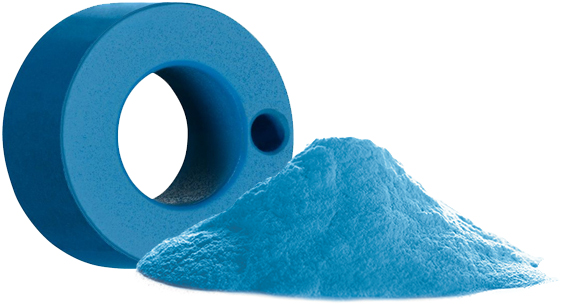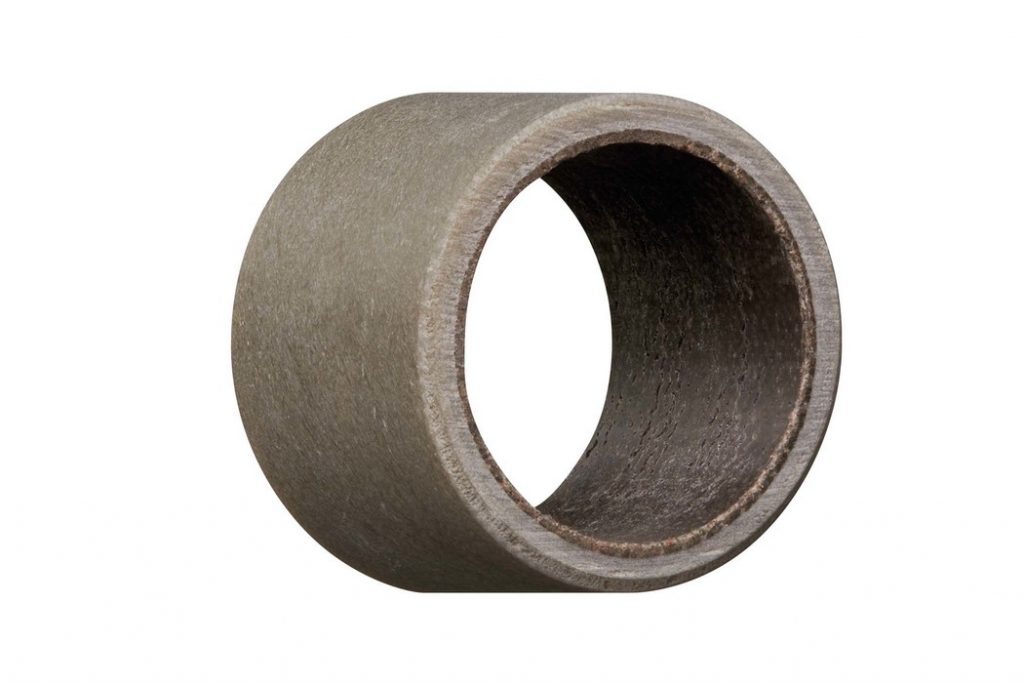Choosing plain bearing dimensions correctly – 3 tips
Lars Butenschön | 20. May 2020
Often enough, it is the surrounding factors such as housing hole, shaft and other elements that predetermine what plain bearing dimensions are chosen. Then whether a bearing with a length of 10mm or 12mm is selected only depends on the price or availability. But what about when these factors delimit the choice so tightly that a special part is needed? Here, there are some pitfalls, which can be avoided if sensible design decisions are made. Here are 3 tips on how to choose the right plain bearing dimension.
Thin-walled plain bearings – Choose suitable materials and manufacturing methods
Plain bearing dimensions that result in wall thicknesses of less than 1mm or even 0.5mm are difficult to make, depending on the other dimensions. In the case of metal plain bearings, therefore, the dimensional stability and availability of metal sheets decide whether the bearings can be manufactured. In the case of polymer plain bearings, in contrast, the design and the reliability of the injection mould process are decisive. Unfavourable combinations of long bushings and relatively small diameters are disadvantageous in this context. These can be more difficult to demould.
Coatings are another possibility. Choose a suitable coating for the shafts instead of a plain bearing. These coatings can be applied in thicknesses from just a few µm to several hundred µm (You can find out more about our tribo-coatings here).

Thick-walled plain bearing dimensions – More is not always better
As already described in a separate blog post , thicker walls do not necessarily deliver advantages with regard to the load-bearing capacity and wear behaviour of plain bearings. They can even be disadvantageous, especially in the case of plain bearings made of polymer compounds. Nevertheless, plain bearings made of polymer mean less weight, even with thick walls, and also enable you to save money due to the more cost-effective material and manufacturing method compared to steel or bronze.
Walls that are too thick involve further risks if injection moulding is used to make the bearings. Parts of a component that are too thick tend to “sink in” after the injection process – small or larger indentations in the surface of the component. These can be avoided by means of cleverly placed recesses or frame-like supporting constructions.
If the injection moulding process comes up against its limits, however, other manufacturing methods can be used to produce solutions made of polymer. Wound bushings made of a filament fabric are a flexible and comparatively cost-effective manufacturing method.

Long plain bearings – Trying for multiple-part solutions
Plain bearings with a geometry that is especially long, in relation to the diameter, and is tube-shaped can also be problematic. Long plain bearings with precise tolerances are difficult to make. Concentricity and accuracy of fit are often enormously important for these bearings. In this case, it is better to choose multiple-part designs if possible. In addition, it is not always necessary to fill the entire installation space between shafts and housing hole with plain bearings. It is often enough to fit out the ends with a plain bearing. Any attempts to achieve cost savings with single-part solutions can be negated very quickly due to additional manufacturing costs.
Find cost advantages and avoid cost pitfalls: we will be happy to advise you
But these were just some possibilities of improvement and potential pitfalls that can save or cost you money. We will therefore be happy to help you to design your bearings and will work with you to find the best and most cost-effective solution – either with “off-the-shelf” plain bearing dimensions or individual solutions that meet your requirements.

